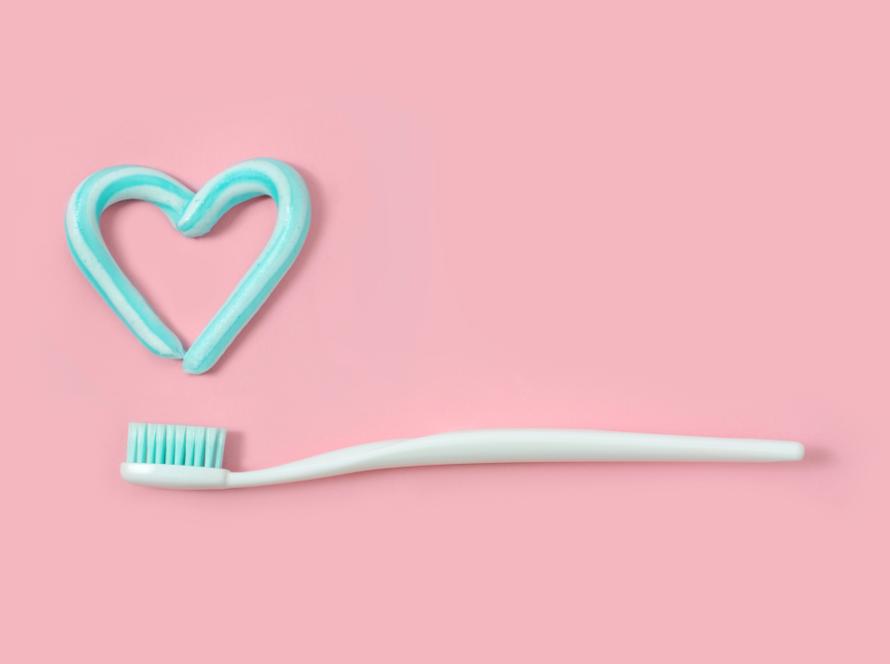Bleeding gums in children can be alarming—but they’re more common than many parents realize. Often, it’s an early warning sign of poor oral hygiene or gum inflammation. Left unaddressed, it can potentially result in more serious dental issues. Understanding what causes bleeding gums, how to treat them, and what prevention looks like can make all the difference in maintaining healthy smiles. (Colgate, Best Toothpaste For Kids With Cavities, October 7, 2024, https://www.colgate.com/en-gb/oral-health/kids-oral-care/what-causes-bleeding-gums-in-children ).
What Causes Bleeding Gums in Children?
The most common trigger for bleeding gums is inadequate brushing or flossing. When plaque builds up along the gum line, it irritates the soft tissue, causing inflammation and bleeding. Hard brushing, the wrong toothbrush, or inconsistent hygiene routines can also aggravate sensitive gums.
Woodlawn Kids Dental explains, “Bleeding gums are typically a direct consequence of plaque buildup and poor brushing technique. Children who rush through brushing or miss spots often don’t remove enough bacteria, which then irritates the gums. It’s not just about brushing—it’s about brushing well.”
Other causes include new flossing routines that disturb the gums, vitamin deficiencies (especially low vitamin C), hormonal changes, or certain medications. Even something as simple as switching toothpaste or mouthwash can briefly affect gum sensitivity.
Woodlawn Kids Dental highlights, “While daily brushing and flossing are fundamental, nutrition and systemic health also play critical roles. Parents should look beyond the toothbrush and consider factors like their child’s diet and hydration when evaluating gum health.”
What Is Gingivitis?
Gingivitis is recognized as a mild gum disease that leads to gum inflammation, caused by plaque buildup along the gum line. It leads to red, swollen gums that bleed easily—especially during brushing or flossing. Gingivitis is common in children and adolescents and usually results from inconsistent oral hygiene.
Woodlawn Kids Dental comments, “Gingivitis in children doesn’t always look severe, but that doesn’t mean it should be ignored. Redness, puffiness, and bleeding are all indicators that inflammation is already underway. Early intervention is key, and the good news is, gingivitis is entirely reversible if addressed quickly.”
If untreated, gingivitis can advance to periodontitis. This more serious gum infection affects the tissues and bone supporting the teeth. While rare in young children, chronic neglect of oral hygiene increases the risk.
Woodlawn Kids Dental expresses, “We emphasize the importance of prevention because the early stages of gum disease frequently go unnoticed. Kids may not mention discomfort until it’s advanced. That’s why consistent kids’ dental checkups are essential—they catch problems before they escalate.”
Treating and Preventing Bleeding Gums in Children
The best approach to treating bleeding gums is to improve daily oral hygiene habits. That means brushing twice a day for two minutes with a soft-bristled toothbrush, flossing daily, and ensuring proper technique.
Woodlawn Kids Dental shares, “Children need guidance—not just reminders—to brush effectively. Many parents are surprised at how much difference hands-on help makes. Until kids have full motor control, their brushing should be supervised to make sure it’s thorough but gentle.”
When gums bleed from new flossing habits, this typically resolves within a few days as the tissue adjusts. If bleeding persists, it may signal deeper issues requiring evaluation by a children’s dentist.
Woodlawn Kids Dental mentions, “If bleeding continues for more than a week despite good hygiene, it’s time to look deeper. Persistent inflammation can signal the presence of tartar or even early-stage gum disease. That’s when professional evaluation becomes crucial.”
Fluoride toothpaste and child-friendly mouth rinses can help reduce bacteria, while a well-balanced diet strengthens gum tissue. Vitamin C and calcium are essential in supporting kids’ oral care.
Woodlawn Kids Dental highlights, “Diet directly impacts gum health. Vitamin-rich foods like oranges, strawberries, and leafy greens help protect against inflammation. Hydration also matters—dry mouths allow bacteria to thrive.”
Regular professional cleanings are critical. Plaque that hardens into tartar can’t be removed with at-home brushing alone and requires a visit to a children’s dentist.
Woodlawn Kids Dental explains, “Once tartar forms, no toothbrush can undo it. That’s why routine cleanings during a kid’s dental checkup are non-negotiable. They break the cycle of buildup and give gums a chance to heal.”
Bleeding gums may appear to be a minor issue, but they are often the first visible sign of poor oral hygiene and the early stages of gum disease. Fortunately, this condition is preventable and reversible with the proper care, daily habits, and early action.
Woodlawn Kids Dental comments, “Bleeding gums are not ‘just part of brushing’—they’re a sign the mouth is under stress. Parents have a powerful opportunity to correct course early by helping kids build strong habits and staying proactive with dental visits.”
Strong oral care routines, nutritional support, and regular checkups with a trusted children’s dentist help ensure bleeding gums don’t develop into more serious conditions. Healthy gums are the foundation for healthy smiles that last a lifetime.
Woodlawn Kids Dental shares, “Gum health is a silent pillar of overall wellness. When we protect it early, we give kids a lifelong advantage—comfort, confidence, and a smile that reflects true health.”


